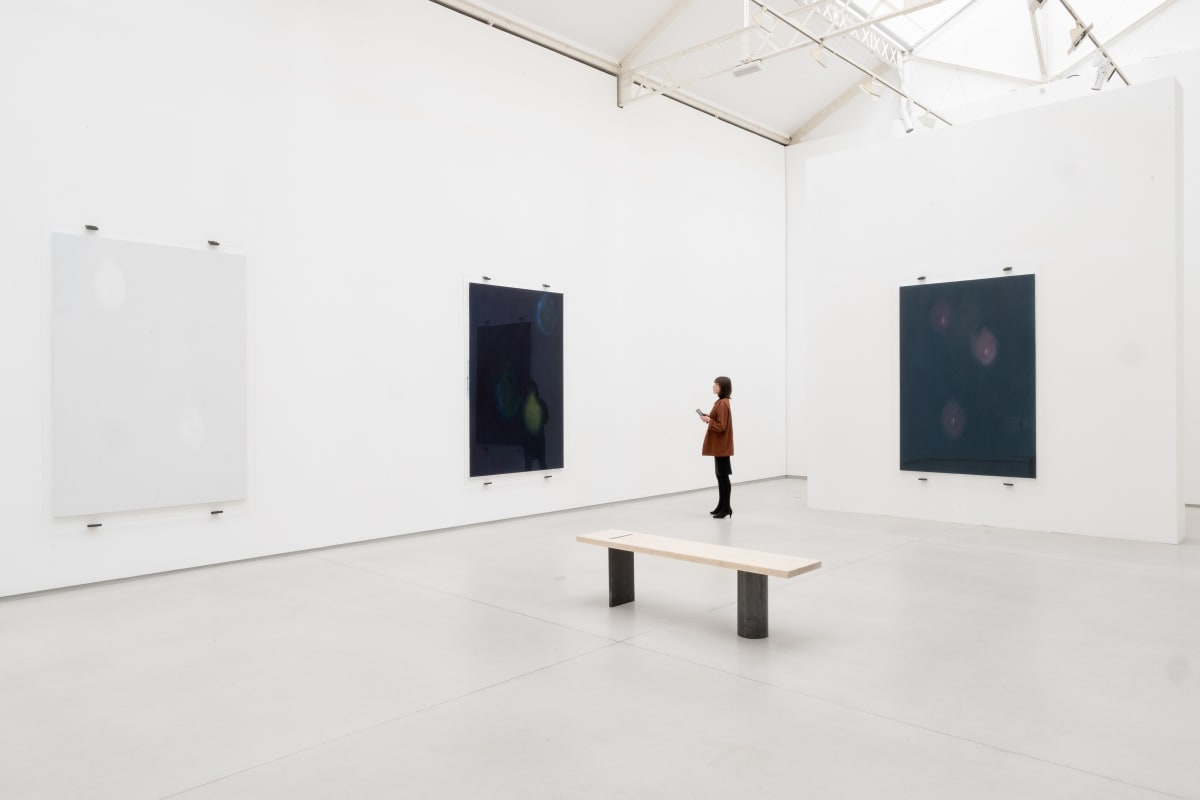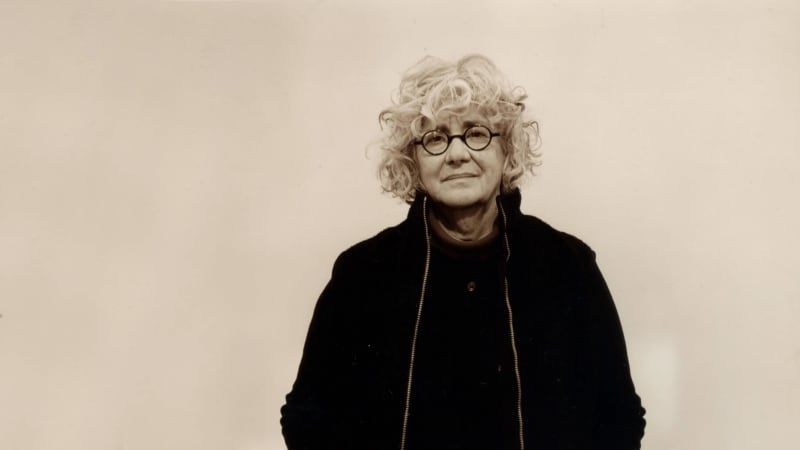

Overview
Baselitz broke away completely and strikingly from traditional watercolour technique, with fine graphic lines and rough splashes of colour and black paint running down the pictures like a dark curtain, symbolising the flow of time or perhaps general instability.
We are pleased to announce the exhibition of a new series of watercolours by Georg Baselitz in our Drawing Cabinet. To mark the 20th anniversary of German reunification, the Axel Springer publishing company invited Baselitz to fill the entire edition of the newspaper Die Welt with his works. On 1 October 2010 there appeared, in place of illustrations, a series of pictures by Baselitz on the theme of German reunification.
For Georg Baselitz, who grew up in East Germany and went over to the "free" West to study painting, the fall of the Wall and the reunification of Germany constituted a dramatic turning-point which found expression in his art. He felt his collaboration with Axel Springer as a welcome new opportunity to position his art on this theme in a medium unfamiliar to him, and to confront readers with his works. "I find it extremely perplexing, amusing and positive, that the whole format of a newspaper should be turned upside-down to make room for a picture completely detached from the story." Asked whether his works comment on the content of the article, he said: "I'm an artist, not an illustrator. I don't comment on the story - I'm part of it."
With this series, Baselitz broke away completely and strikingly from traditional watercolour technique, with fine graphic lines and rough splashes of colour and black paint running down the pictures like a dark curtain, symbolising the flow of time or perhaps general instability. The explosive style of his "typical German art" always represents brutality in history; this makes it appropriate for the theme of the fall of the Wall.
Georg Baselitz, born Hans-Georg Kern in Deutschbaselitz (Saxony) in 1938, is indisputably one of the most important artists of our time. From 1956 he studied painting in East Berlin, and left the GDR in 1958 to make a career as an internationally recognised artist and sculptor. He represented Germany at the 1980 Venice Biennale, and his works were shown at the documenta in Kassel in 1972, 1977 and 1982. In 1995, the Guggenheim Museum in New York held a comprehensive retrospective of his work, later shown in the Los Angeles County Museum, the Hirshhorn Museum in Washington DC, the Nationalgalerie Berlin and the Musée d'Art Moderne de la Ville de Paris. There followed exhibitions in the Pinakothek der Moderne, Munich (2006), the Albertina, Vienna (2007) and the Staatlichen Kunsthalle, Dresden (2009).












































































































































































